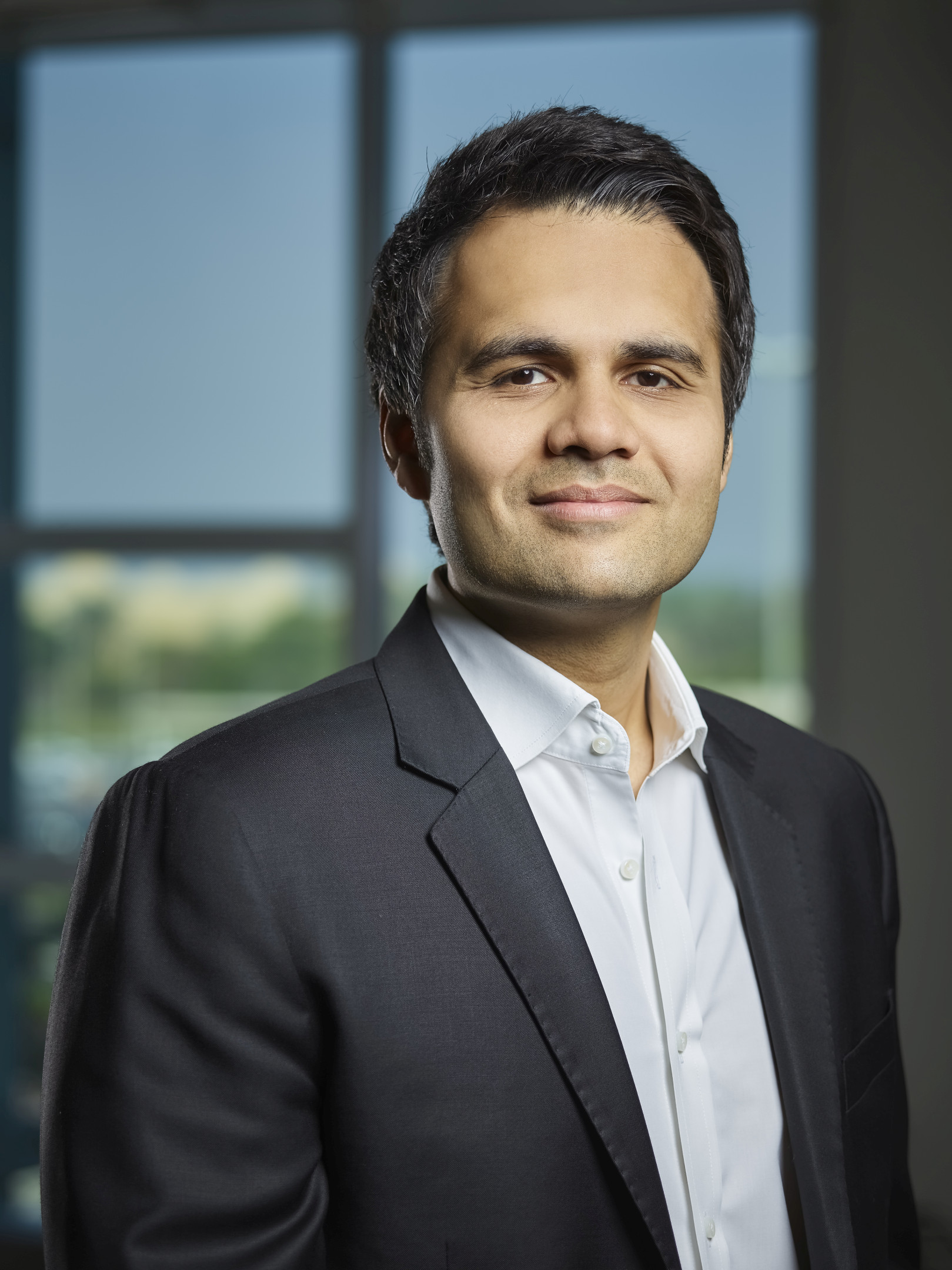Blending human emotion with technological advancement is the best way for creativity to thrive, as marketers look for new ways to make a purposeful impact.
We’re still fighting a battle. A delicate balancing act between man and machine, creativity and technology; it’s a debate which has continued to dominate the opening days of Cannes Lions this year too.
True, we have made some progress in establishing that one cannot exist without the other in today’s modern world, but prejudices are still apparent. Data stifling creativity is a common misconception; we need to retrain our minds to appreciate how technology enhances creativity and visa versa.
It’s a collaboration first and foremost, despite how easy it is to get side-tracked by technology and the abundance of buzzwords that now act as a guidepost to the future. Where we as marketers need to exercise caution is in utilizing technology for technology’s sake. Or indeed in rushing to make decisions based on data alone – there must be a human element present to act rationally and interpret this knowledge correctly, an Artful Intelligence.
Cannes Lions has become a focal point for this heady blend of art/creative and science/technology to converge, inviting brands and marketers alike to examine how this fusion can empower, rather than inhibit advertising today.
We live in a business-centric age, where all our actions should, and are, driven by results. Yet, we can’t neglect the role that brand purpose plays as well. As new technology allows mass scaling possibilities, it’s important not to lose sight of the end consumer and their overall experience. There needs to be an emotional and authentic connection to trigger an action and inspire brand loyalty over time. Something which a robot cannot plan for or anticipate.
Here’s three key things marketers should consider today:
1. PEOPLE FIRST: Brands, media and marketers need to start thinking people, not product or technology first. More often than not products and technology are created based on the company’s values, expertise and vision. This needs to change and become people-centric, fundamentally asking ‘how is it going to impact people’s lives positively?’. Vaseline’s ‘Healing Project’ initiative demonstrates this perfectly. The concept is a simple one, merely asking their loyal consumer base to help those less fortunate, yet the emotional pull and impact is undeniable. By partnering with Direct Relief, the campaign gains credibility and it’s clear that people are the heart of this project, with the product merely the tool in which to reach them. Similarly, Dermalogica was founded with a mission in mind first and foremost, with the product coming later. They focused on upskilling the skincare industry with proper training, moving away from ‘magic solutions’ to real and profitable options further down the line.
2. TECH AS THE MEANS, NOT THE END: With programmatic, there is an over reliance on technology to bridge the gap between brands and consumers. While that’s doing wonders for efficiencies, the human touch can get lost. Automated creative serving doesn’t pick up sensitivities either, which can be disastrous if the error isn’t spotted quickly. For example, if you have an airline commercial running while a plane crash video is airing – this will have been picked up purely because of keywords. There needs to be a stronger fusion of creative and tech roles/skills for more purposeful design and execution in the future.
3. MEASURE FOR IMPACT, NOT RE(A)WARDS: Brands have the best of intentions when they start doing campaigns for a purpose, however inevitably they end up measuring business results. If you look at the work winning awards over the last few years, they are social initiative led campaigns, which don’t really have a strong business focus, but they work as they have impacted people’s lives. We need more brands focusing on measuring this impact at scale. Imagine if Samsung’s Relumino smart glasses, created to help visually impaired people see images clearer, went mainstream. Using technology in this way is becoming more reality than fiction, and as brands begin to shift their marketing objectives to measure the quality of impact rather than the reward, we will need to align science and art even more closely.
